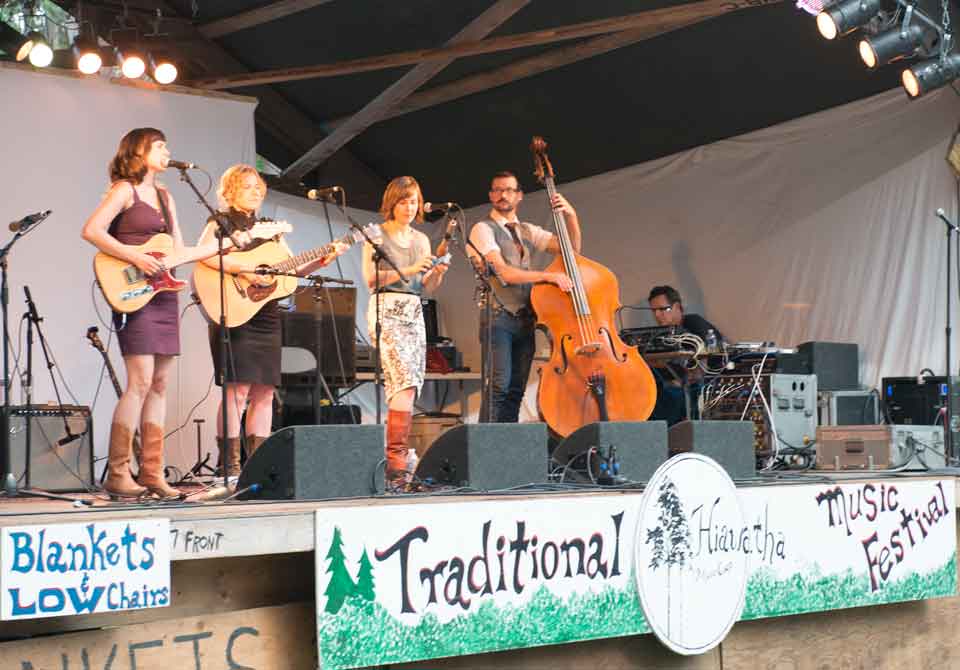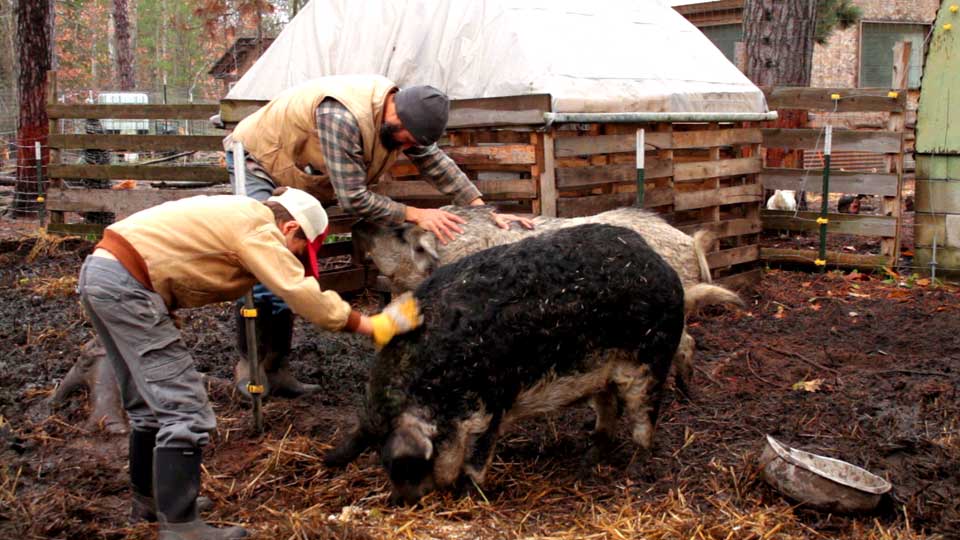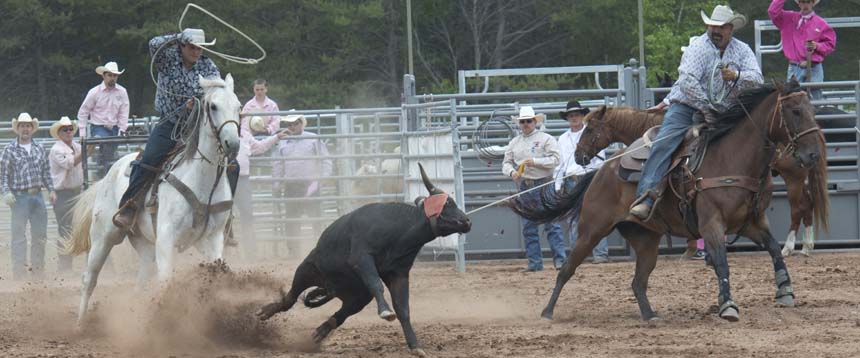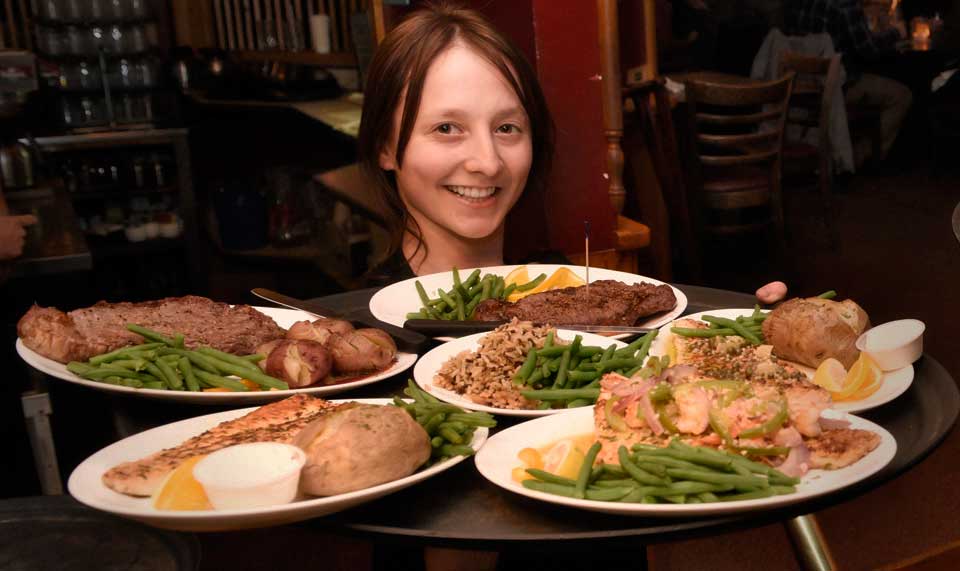The Flavors of Cacao
In last month’s chocolate article Daniel Rutz of Everyday Wines explained what steps are that transform cacao beans1 grown in far away tropical places into the confectionary treat that is almost universally loved by people the world over.
Like wines, coffee, and premium olive oils, fine chocolates all have a signature flavor. This flavor is influenced by numerous factors, but the most critical factor is the cacao bean itself. The subtype, region of origin, cultivating/harvesting methods and roasting of the cacao beans are all factors that influence the flavor of chocolate (approximately 300 flavors have been identified in cacao). This month we will further discuss the subtypes of cacao and what each offers when made into chocolate.
Three major types of cultivated cacao trees exist today; Criollo, Forastero, and Trinitario.
The Criollo Cacao:
Currently the rarest variety and generally the most coveted; most sources indicate it represents 1% to 5% of the world’s cacao production. The Criollo variety originated in Venezuela and is the earliest known variety of cacao tree. It was the most prevalently variety used in chocolate up until 200 years ago. However, its decline in popularity was based on it being very susceptible to disease and producing less fruit than other varieties. Large chocolate manufactures rarely use these beans as they are far more expensive than the other varieties and are not readily available in large quantities. Thus, people are often unfamiliar with chocolate produced from Criollo and might be surprised by the flavor.
Criollo cacao is known as a flavor or dessert cacao. Chocolate made from Criollo beans taste different from the other varieties. The flavor of this chocolate is very complex, it does not have as robust base chocolate flavor as Forastero or Trinitario but there are nuances of other flavors such as fruits, nuts, spices, vanilla and tobacco. These other flavors can be mild or quite powerful depending on the region the bean was grown in and the way it is prepared in making chocolate. These flavor notes may strike at the first bite, as the chocolate slowly melts away into nothingness in your mouth or after it is gone. In recent years, the demand has grown for chocolates made from Criollo as the American consumer’s palate has matured and they have become interested in tasting new and unique chocolates. This has given rise to small batch Bean-to-Bar manufactures2 in the USA that use premium beans to produce chocolate that highlights the unique flavor of the cacao.
The Forastero Cacao:
By far the most common of the three varieties. Most of the world’s production comes from this type (approximately 85%). The Forastero variety originated in the Amazon region of South America, but has since spread to become the most widely cultivated variety because of the strengths of it over the Criollo, better disease resistance and higher yield. Both factors result in a lower cost of production. It is because of this lower cost that most people are familiar with Forastero chocolate. The industry refers to Forastero as a bulk cacao, it has a strong, full chocolate flavor, yet is quite bitter without having the other flavor notes that Criollo offers. Chocolate from Forastero is typically referred to as tasting “flat” by chocolate aficionados, indicating the lack of other flavors beside the base chocolate taste. However, there are some exceptional Forasteros that do offer additional levels of flavor, like the Ecuadorian Arriba National Cacao which is classified as a flavor bean. These Forastero will usually command superior prices when compared to other Forastero.
The Trinitario Cacao:
This is a hybrid variety that is a cross between the Criollo and Forastero. In 1727, the island of Trinidad’s Criollo plantations collapsed3 and Forastero trees were introduced to help revive the cacao industry. These new trees cross pollinated with the surviving Criollo trees and created a variety that was named after the island. This variety has qualities of both of its parents; it has a higher disease resistance and production than Criollo and a robust chocolate taste like Forastero but with additional flavor notes. Generally, it is classified as a fine flavor cacao. As it is more common and readily available than Criollo, it has become the predominant type used in high quality dark chocolates. Between 5% and 10% of the worlds cacao production is Trinitario.

Davin Makela of Davin’s Chocolates, hands out samples of roasted cacao nibs (yum!) during the November 2014 Ladies Night in downtown Marquette. (photo by Ron Caspi)
How can I tell what type of cacao is in my chocolate bar?
Visually you may be able to see a difference as dark chocolates made with Criollo are usually a lighter color, almost as light as milk chocolate. However, unless a manufacturer specifies what subtype they use it will usually come down to your own sense of taste. If you detect another flavor besides the chocolate base and there are no additional flavoring ingredients in the bar, the cacao may be all or partly Criollo or Trinitario. Just understand that most chocolate is a blend of beans from different regions and the beans could be even a mix of the different subtypes. Manufactures do these blends to develop their own signature flavor and to ensure a homogenous flavor year after year. However if they do use a high portion of Criollo or Trinitario they will usually indicate this.
If you truly want to experience the different flavors of bean from all over the world, select chocolate that indicates it is from single origin. This way you can enjoy the unique flavor of cacao from the different regions or plantations. Be on the look out for a future article detailing these single origin chocolates.
Which cacao type is better?
In a nut shell, they all are good in their own right and must be appreciated for what they are. Criollo cacao should produce an exceptional chocolate that has different levels of flavor, but with a milder chocolate taste. Because of this, not every person enjoys them as well since it is different from chocolate that people are accustom to. Forastero beans when done properly produce a nice full flavored chocolate, but usually won’t have any flavor notes like Criollo and Trinitario. This doesn’t make it bad by any means, just not as interesting. Trinitario is a bridge between Criollo and Forastero, it will have a fuller chocolate flavor with some hints of other flavors, so for some people Trinitario cacao will be their chocolate of choice.
The best way to know what one is better for you is to try as many as you can get your hands on!
1 Cacao (pronounced ka-kow) is synonymous with cocoa. It is believed the English had a hard time pronouncing cacao and thus transformed the name to cocoa.
2 Bean-to-Bar manufacturers produce chocolate rather than merely melting and reshaping chocolate made from another manufacturer. They process everything in house starting with raw cacao beans. Every step of the chocolate making process is done in one location, from roasting of the bean, to grinding and refining it down into chocolate and then molding it. Bean-to-Bar manufactures seek to control the whole process of creating chocolate to improve the quality and/or make environmental/sociological impacts by choosing ingredients that fit their ideals.
3 The exact cause of the collapse is unknown but a few theories are there was a fungus or a disease out break, a strong hurricane knocked over the trees (Criollo trees have a shallow root system and can be blown over), or the Criollo trees were not adapted to surviving for long term in Trinidad’s soil and climate.
















You must be logged in to post a comment Login